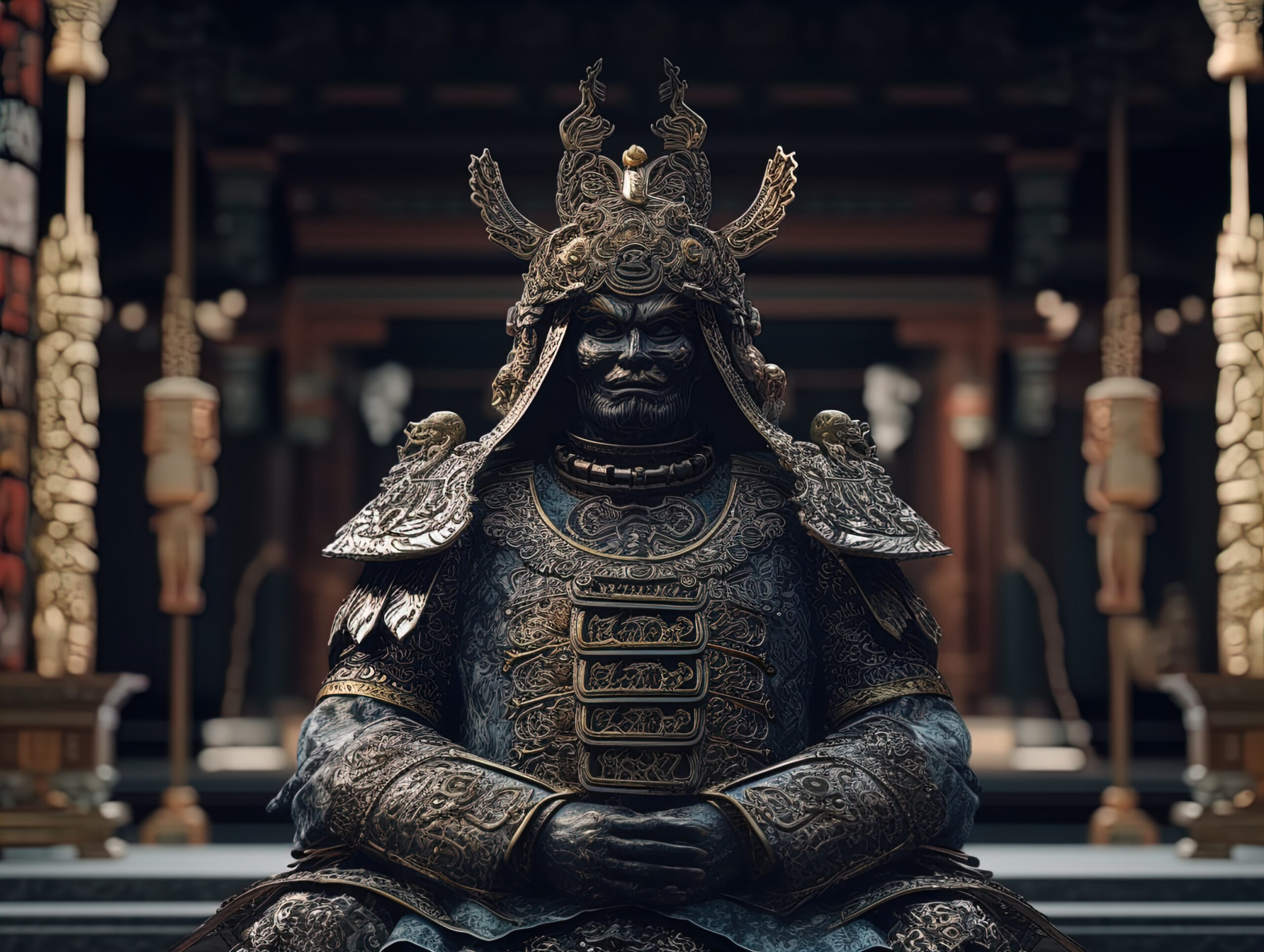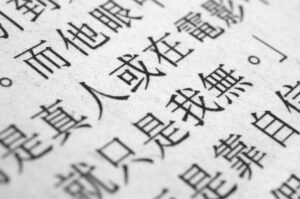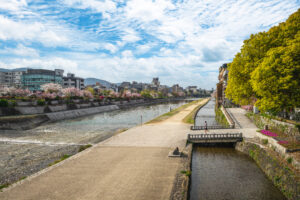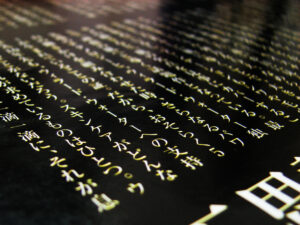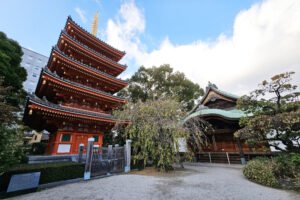In the tapestry of Japan’s rich history, the era of the samurai stands out as a period of martial valor, strict social codes, and dramatic political shifts. This era was defined by the rule of the shogunate, a form of military government that lasted for nearly seven centuries. From the emergence of the first shogun to the dissolution of the samurai class in the 19th century, the legacy of these warriors and their leaders continues to captivate people around the world. This article delves into the fascinating history of the shogunate, tracing the rise and fall of samurai rule through the ages, exploring the culture that surrounded it, and examining its enduring influence on modern Japan.
1. Dawn of the Shogunate: Origins Unveiled
The concept of the shogunate, or ‘bakufu’ as it is known in Japanese, originated in the late 12th century, marking a pivotal shift from court aristocracy to samurai dominance in Japanese politics. The term ‘shogun’ itself means "barbarian-subduing generalissimo," a title first accorded to military leaders assigned to quell uprisings and defend the realm. The establishment of the shogunate emerged from the need for centralized military authority during times of internal strife and external threats. The Genpei War (1180-1185), a catastrophic conflict between the Taira and Minamoto clans, set the stage for the emergence of the first shogunate. Victory by the Minamoto clan led to the appointment of Minamoto no Yoritomo as the first shogun, inaugurating the Kamakura Shogunate. This shift represented not only a change in political power but also a profound cultural transformation, as the warrior ethos began to permeate Japanese society.
2. The Minamoto Clan: Rise to Power
The ascendancy of the Minamoto clan was both a culmination of military prowess and strategic alliances. Minamoto no Yoritomo, the architect of the clan’s victory, leveraged his military success to establish a new governance model centered around samurai power. Following the Genpei War, Yoritomo was granted the title of shogun, formalizing his authority over the land. His leadership marked the beginning of feudal Japan, with the Kamakura Shogunate implementing a system of land stewardship and vassalage that would define the era. The Minamoto clan’s rise underscored a shift towards a warrior-led government, setting a precedent for future shoguns and the political landscape of Japan.
3. Kamakura Shogunate: A New Era Begins
The Kamakura Shogunate (1185-1333) heralded a new era in Japanese history, characterized by the rule of the samurai class. Under the leadership of Minamoto no Yoritomo and his successors, the shogunate established a de facto capital in Kamakura, signifying a shift away from the imperial court in Kyoto. This period was marked by the implementation of the shoen system, a feudal land management scheme, and the establishment of the samurai as the ruling class. The shogunate also faced external threats, most notably from the Mongol invasions in the late 13th century. Despite internal strife and challenges to its authority, the Kamakura Shogunate laid the groundwork for samurai governance and left an indelible mark on Japanese political and social structures.
4. Mongol Invasions: Samurai Valor Tested
The Mongol invasions of Japan in 1274 and 1281 were pivotal events that tested the mettle of the samurai class and the resilience of the shogunate. Led by Kublai Khan, the Mongol Empire sought to subjugate Japan, launching formidable assaults on the Japanese islands. The samurai, under the leadership of the Kamakura Shogunate, mounted a spirited defense against the invaders. Despite being outnumbered and facing superior technology, the samurai utilized their martial prowess and knowledge of the terrain to resist the Mongols. The invasions ultimately failed, in part due to the legendary ‘kamikaze’ or divine winds that destroyed the Mongol fleets. These battles not only cemented the reputation of the samurai as formidable warriors but also reinforced the military nature of the shogunate system.
5. Ashikaga Rule: The Age of Warring States
Following the decline of the Kamakura Shogunate, the Ashikaga clan rose to power, establishing the Ashikaga Shogunate (1336-1573). This period, also known as the Muromachi period, was characterized by significant cultural development but also by constant military conflict, giving rise to the Sengoku or "Warring States" era. The Ashikaga shoguns struggled to maintain control over the regional daimyo, or feudal lords, leading to widespread warfare and social upheaval. Despite the turmoil, this era witnessed the flourishing of arts and culture, including tea ceremony, ink painting, and Noh theatre, reflecting the complex nature of samurai society. The inability of the Ashikaga Shogunate to unify the country set the stage for the rise of powerful daimyo who would eventually seek to consolidate power and bring an end to the constant conflict.
6. Oda Nobunaga: Unifier Under the Sword
Oda Nobunaga, a daimyo of formidable ambition and military genius, emerged in the late 16th century as a key figure in the quest to unify Japan. Nobunaga’s conquests laid the foundation for the end of the Sengoku period and the eventual establishment of a unified Japanese state. His innovative tactics, including the use of firearms, and his ruthlessness in battle, allowed him to defeat powerful rivals and seize control of large swathes of Japan. Nobunaga’s vision of a unified Japan, however, was cut short by his assassination in 1582. His legacy, however, was carried on by his successors, Toyotomi Hideyoshi and Tokugawa Ieyasu, who continued the work of unification, paving the way for the establishment of the Tokugawa Shogunate.
7. The Tokugawa Dynasty: Japan’s Pax Romana
The Tokugawa Shogunate (1603-1868), established by Tokugawa Ieyasu following his victory at the Battle of Sekigahara, marked the beginning of a period of relative peace and stability in Japan, known as the Edo period. The Tokugawa clan ruled Japan for over 250 years, implementing policies that fostered economic growth, social order, and isolation from foreign influence. The shogunate established a strict social hierarchy, with the samurai class at the top, and enacted measures to freeze social classes in place and promote Confucian values. The policy of sakoku, or national seclusion, limited foreign trade and prohibited Christianity, maintaining Japanese autonomy but also isolating it from technological advancements abroad. The Edo period saw significant cultural and artistic development, including the rise of ukiyo-e art, kabuki theatre, and the refinement of the tea ceremony, enriching Japanese culture and society.
8. Samurai Culture: Beyond the Battlefield
Samurai culture extended far beyond the battlefield, encompassing a wide array of practices, philosophies, and arts. Central to samurai life was the code of bushido, or "the way of the warrior," which emphasized virtues such as loyalty, honor, and discipline. Samurai were not only warriors but also patrons of the arts, practicing calligraphy, poetry, and tea ceremony as part of their cultural and spiritual development. The dual role of the samurai as both warrior and cultured gentleman illustrates the complexity of samurai society and the high standards to which they were held. This blend of martial and cultural pursuits contributed to the development of a unique aesthetic and ethical code that continues to influence Japanese society and culture.
9. The Meiji Restoration: An Empire Reborn
The Meiji Restoration of 1868 marked a turning point in Japanese history, as the country embarked on a rapid process of modernization and westernization. The abolition of the feudal system and the dissolution of the samurai class were among the most significant changes, as Japan sought to transform itself into a modern nation-state. The samurai were encouraged to take up new professions, and the conscription of a national army replaced the need for a warrior class. This period of transformation was not without its challenges, as many samurai struggled to find their place in the new social order. Despite these changes, the legacy of the samurai and their values continued to influence Japanese society, contributing to the nation’s rise as a global power.
10. Legacy of the Samurai: In Modern Japan
The legacy of the samurai continues to permeate modern Japanese culture, evident in the enduring popularity of samurai films, literature, and martial arts. The samurai ethos, with its emphasis on honor, discipline, and loyalty, remains a powerful cultural touchstone, influencing business practices, education, and the arts. Museums, historical reenactments, and samurai-themed tourism offer glimpses into the world of the samurai, while traditional martial arts such as kendo, judo, and aikido trace their origins to samurai training methods. The fascination with samurai extends beyond Japan, captivating audiences worldwide and contributing to the global image of Japan as a country where tradition and modernity coexist.
11. Shoguns in Historical Memory: Museums & Films
The shoguns and the era of samurai rule have left an indelible mark on historical memory, celebrated and examined in museums, films, and literature. Museums dedicated to samurai history, such as the Tokyo National Museum and the Samurai Museum in Shinjuku, offer insights into the lives of these warriors, displaying armor, weapons, and artifacts that tell the story of Japan’s martial past. The film industry, both in Japan and internationally, has long been fascinated with the samurai, producing epic dramas and action films that depict their battles, lives, and philosophies. These cultural productions play a crucial role in keeping the legacy of the samurai alive, ensuring that their stories continue to inspire and entertain.
12. The Enduring Influence of Bushido Today
The principles of bushido, though originating in the feudal era, continue to influence contemporary Japanese society. The values of loyalty, respect, and honor are reflected in the conduct of business, the practice of martial arts, and in everyday life. Bushido’s emphasis on self-discipline, responsibility, and ethical behavior resonates in a modern context, offering lessons on leadership and personal development. In an era of rapid change and global challenges, the enduring appeal of bushido lies in its focus on integrity, courage, and perseverance, virtues that remain relevant to individuals and societies alike.
The history of the samurai and the shogunate era is a saga of power, culture, and transformation that has left an indelible mark on Japan and the world. From the rise of the first shogun to the legacy of bushido in contemporary society, the story of the samurai encompasses the struggle for power, the pursuit of excellence, and the enduring values of loyalty and honor. As Japan continues to navigate the complexities of the modern world, the legacy of its samurai past remains a potent symbol of resilience and integrity, reflecting the timeless appeal of a culture that has mastered the art of blending tradition with progress.
